Kyoto is a city which lives and breathes history, culture and art. From the myriad temples and shrines to the luxury restaurants and elegant machiya, the former Japanese capital is the epitome of elegance.
Kyotographie, founded in 2013 by Lucille Reyboz and Yusuke Nakanishi, brings a touch of sophistication and refinement to the Japanese photography scene. The annual festival showcasing both domestic and international artists has become a mainstay in Kyoto’s arts calendar and has attracted a wealth of supporters, big name sponsors and the love of the city itself.
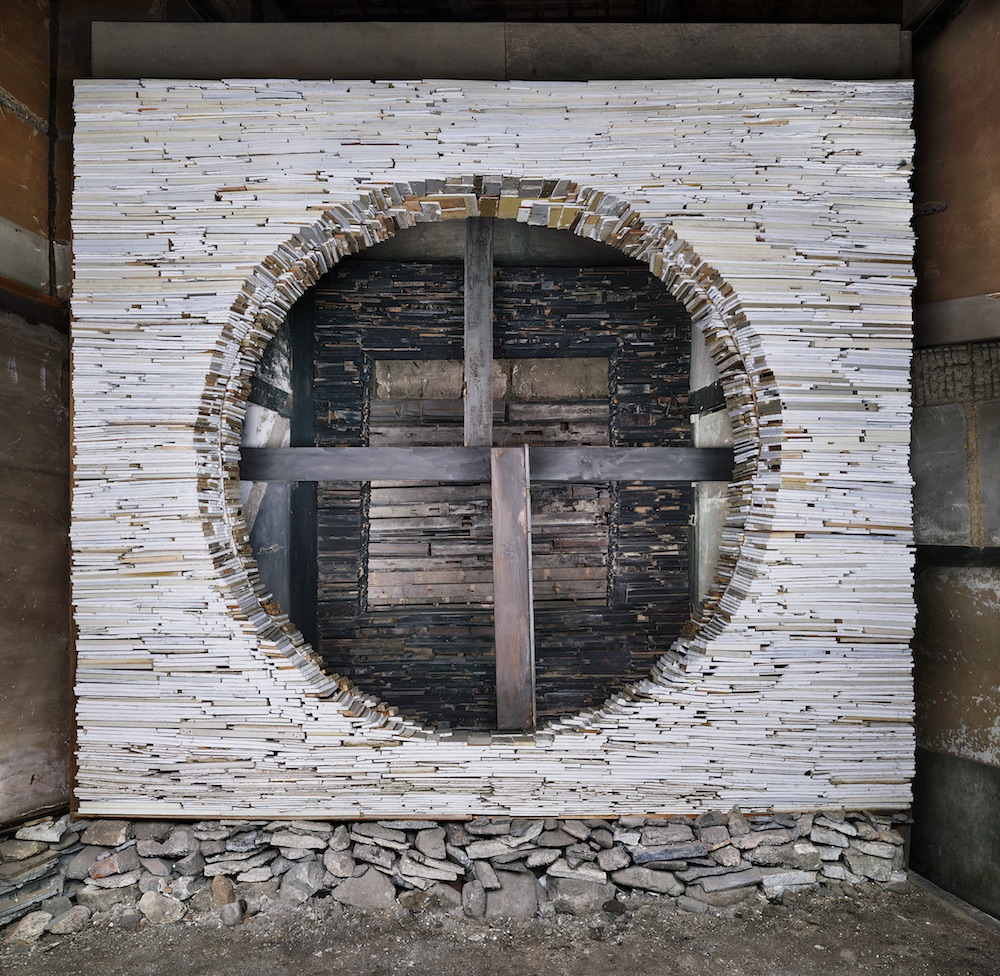
Destroyed House Kyoto 3, 2020, The work of Marjan Teeuwen is represented by Bruce Silverstein New York
For the most part, Kyotographie eschews the use of traditional gallery spaces and is spread throughout the city in settings such as converted wooden townhouses, temples and shrines and schools. Importantly, the festival is located throughout Kyoto with visitors being encouraged to venture out of the more popular areas such as Gion.
Critical of the Japanese government and the way it dealt with the 2011 Tohoku earthquake and tsunami, Nakanishi explains to Tokyo Weekender that Kyotographie, although a photography festival, is overtly political. “We want Kyotographie to be a form of media. After Fukushima the media was controlled by the government. We want this festival to be free from that. We want to share information together. Kyotographie wants to change the Japanese audience. We want to make people think more about their own brain and self.”
Here are just four of the artists bringing enlightenment to Kyotographie:
1. Wing Shya
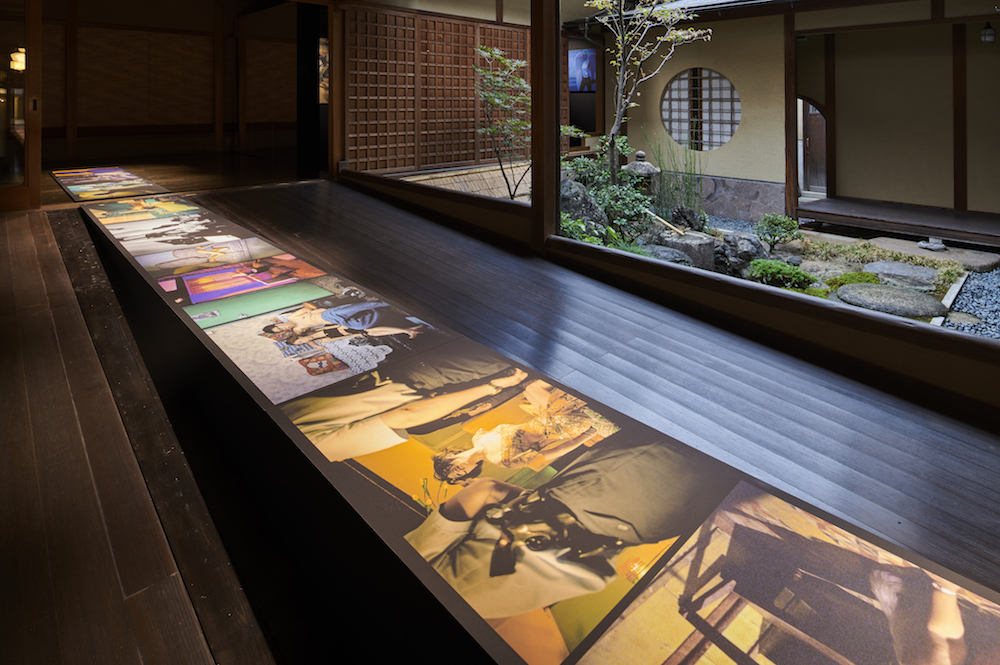
Wing Shya “One Light, Different Reflections,” presented by BMW Kondaya Genbei Chikuin-no-Ma ©︎ Takeshi Asano-KYOTOGRAPHIE 2020
One of the biggest draws of this year’s schedule is the work of Cantonese superstar photographer and artist Wing Shya. A frequent collaborator with legendary filmmaker Wong Kar-Wai and contributor to some of the world’s most influential magazines, Shya’s incandescent film stills and images are exceptional, touching and insightful. Known for his use of color saturation the work on display showcases his original work, fashion photography and partnership with Wong Kar-Wai. The show is being held at the stunning Kondaya Genbei, a former obi workshop in central Kyoto.
2. Marjan Teeuwen
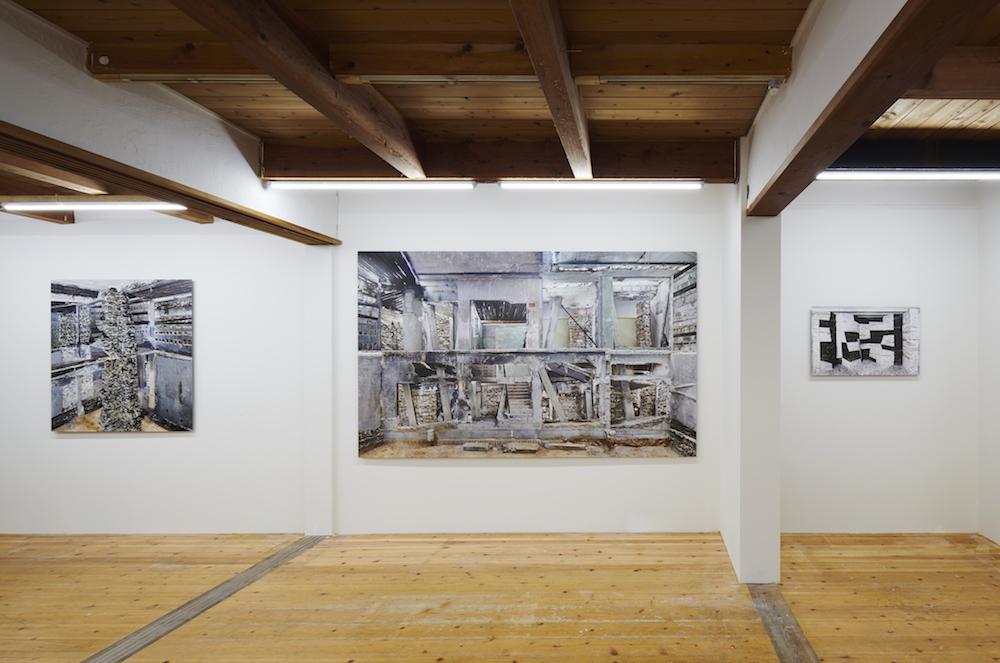
Marjan Teeuwen “Photo Exhibition Destroyed House,” “Architectural Installation Destroyed House Kyoto” Itoyu Machiya ©︎ Takeshi Asano-KYOTOGRAPHIE 2020
It’s difficult to pinpoint the creative output of Dutch artist Marjan Teeuwen. Ostensibly, she creates installations by reconstructing constituents of destroyed structures, photographs them and then destroys the installations with the images the only artefacts left behind. In her work for Kyotographie 2020, “Destroyed House Kyoto” (architectural installation), she uses material from the walls, pillars and beams of two traditional Kyoto townhouses to create a mesmerizing installation. In the adjacent space the photographs display her photos of the installation and other projects. It acts as a kind of dazzling and intensely abstract diptych.
3. Omar Victor Diop
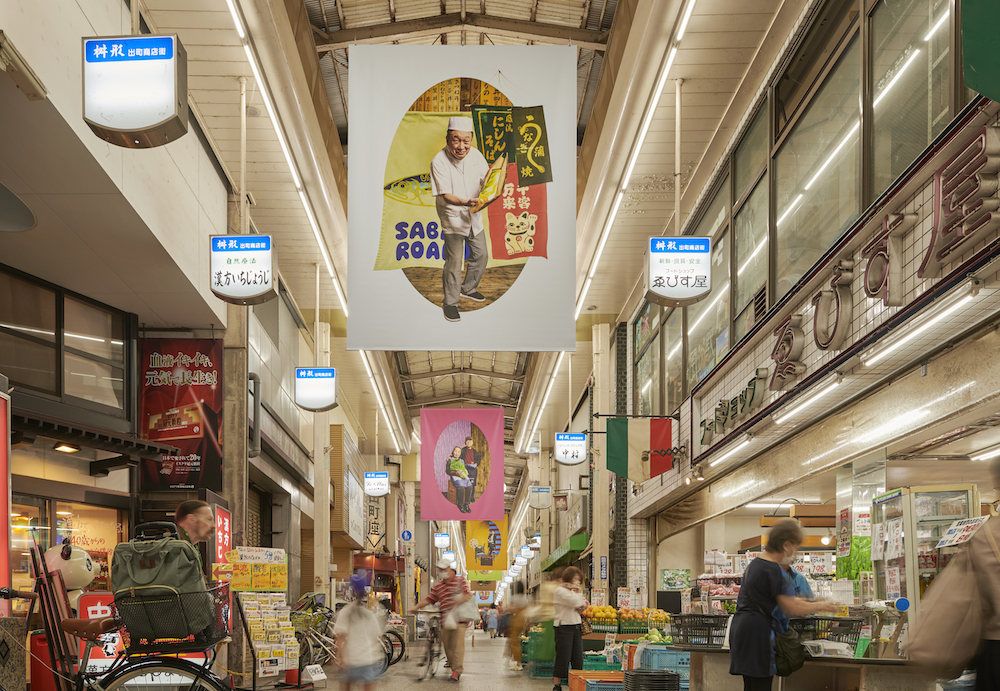
Omar Victor Diop “MASU MASU MASUGATA”, Demachi Masugata Shopping Arcade and DELTA / KYOTOGRAPHIE Permanent Space ©︎ Takeshi Asano-KYOTOGRAPHIE 2020
Senagalese photographer Omar Victor Diop arrives at Kyotographie with two, vastly contrasting, exhibitions. The first, “Masu Masu Masugata” is displayed in Kyoto’s charming Demachi Masugata shotengai and shows large-scale portraits of shop owners from the shopping arcade with the images hung outside each store so passersby can view the images then look at the real people plying their trade below. It’s a show ingrained with a sense of community with Diop spending a few weeks, in autumn of 2019, making acquaintances with the shotengai community then photographing them. It’s essentially a heartfelt ode to the people of Kyoto.
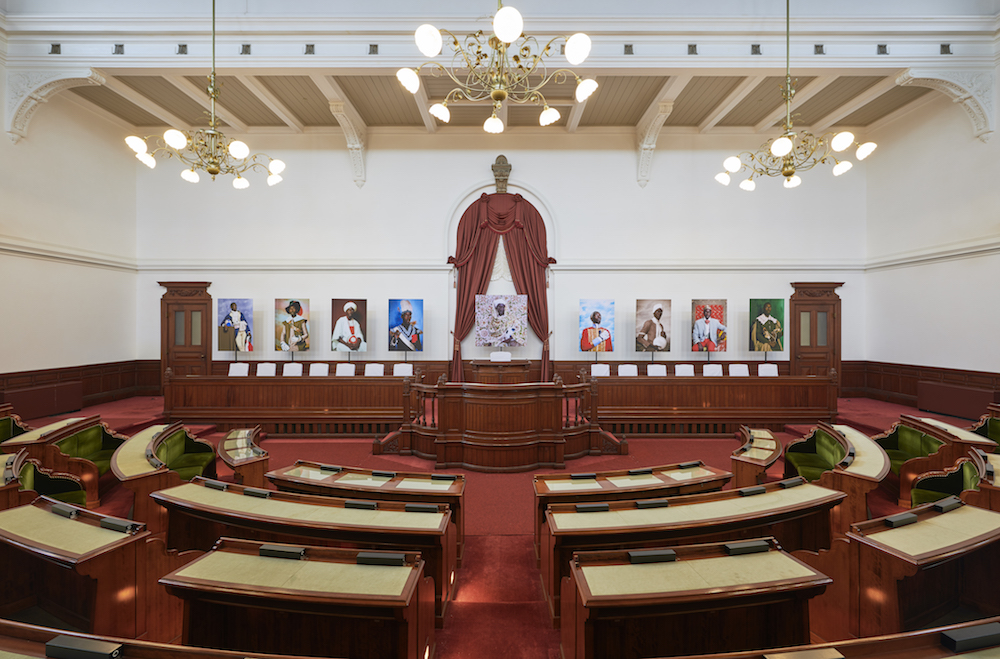
Omar Victor Diop “Diaspora” supported by agnès b. Former Assembly Room, Former Main Building of the Kyoto Prefectural Office, ©︎ Takeshi Asano-KYOTOGRAPHIE 2020
Diop’s other exhibition, “Diaspora” showing at the magnificent former main building of the Kyoto Prefectural Office is a series of self portraits in which Diop portrays himself as historical figures from Africa who gained fame abroad. The quirky and humorous point, however, is that there is a soccer leitmotif running through the exhibition which contrasts with the seriousness of the portraits.
4. Marie Liesse
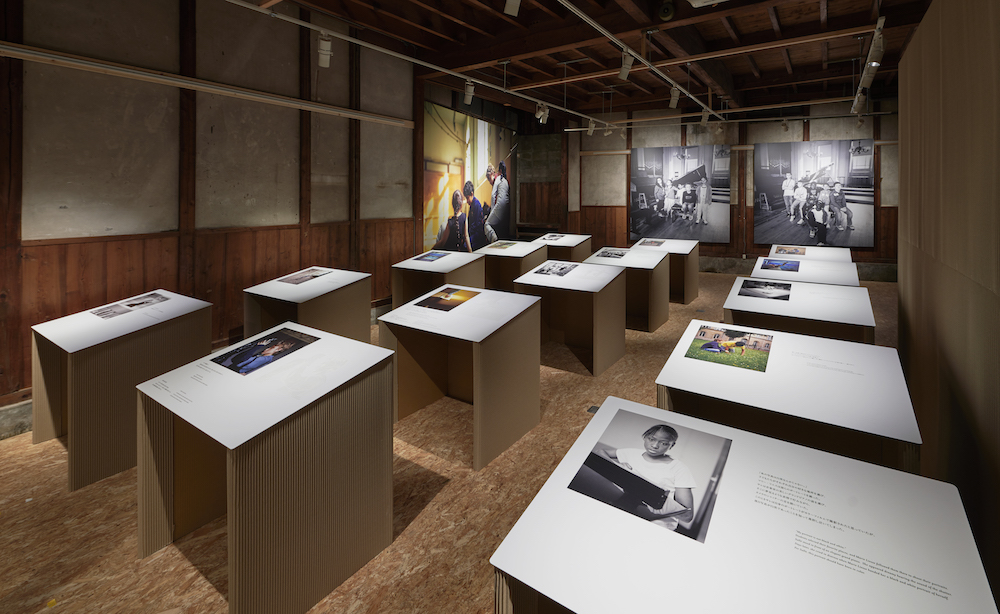
Marie Liesse “Story of a Bridge between Two Worlds” Atelier Mitsushima Sawa-Tadori ©︎ Takeshi Asano-KYOTOGRAPHIE 2020
One of the highlights of this year’s edition is the exceptional work of French artist Marie Liesse whose exhibition, “Story of a Bridge between Two Worlds,” documents students of the National Institute for Blind Youth in France. Brave and touching, Liesse captures the reality and dignity of these young, visually impaired groups. It offers a fresh way of “seeing” as visitors are required to walk in darkness in order to enter the exhibition itself. Some of the images on display are also matched with tactile photographs in order for viewers to feel and imagine how the visually impaired “see” photography. Powerful and one of the festival’s standout shows, it demands to be discussed and deconstructed. It’s on show at the stunning Atelier Mitsushima Sawa-Tadori which is worth a visit in itself.
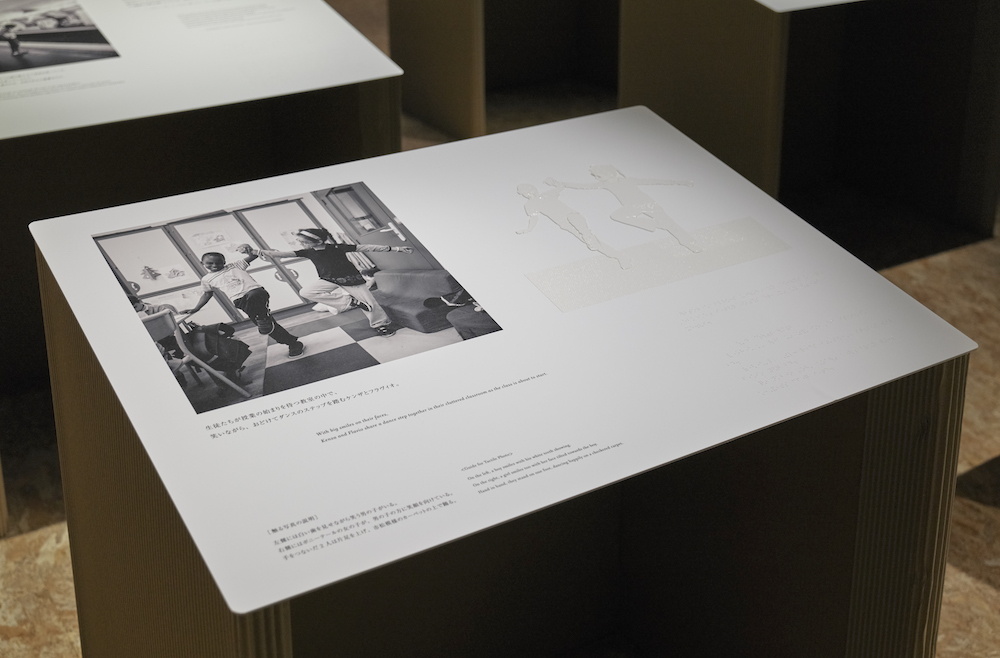
Marie Liesse “Story of a Bridge between Two Worlds” Atelier Mitsushima Sawa-Tadori, ©︎ Takeshi Asano-KYOTOGRAPHIE 2020
Kyotographie: Art and Community
Kyotographie 2020 is running with the theme and concept of “VISION.” This year’s schedule makes demands on the visitor to see race, gender, disability, art and community through a new, and more compassionate lens. Reyboz and Nakanishi recently opened their own gallery and café, Delta, on Demachi Masugata Shopping Arcade with the wish to give back to the community who opened their arms to them when they moved to Kyoto from Tokyo in 2011.
Reyboz comments that, “To open the space was to be there for artists and the community because they need it. It’s one of the last authentic shotengai in Kyoto. We want to keep it alive. It’s important to have some happiness, treasure and love at this time.”
Kyotographie 2020 runs through October 18, 2020. Find out more online.
Feature image: Wing Shya “One Light, Different Reflections” presented by BMW, Kondaya Genbei Chikuin-no-Ma, ©︎ Takeshi Asano-KYOTOGRAPHIE 2020








